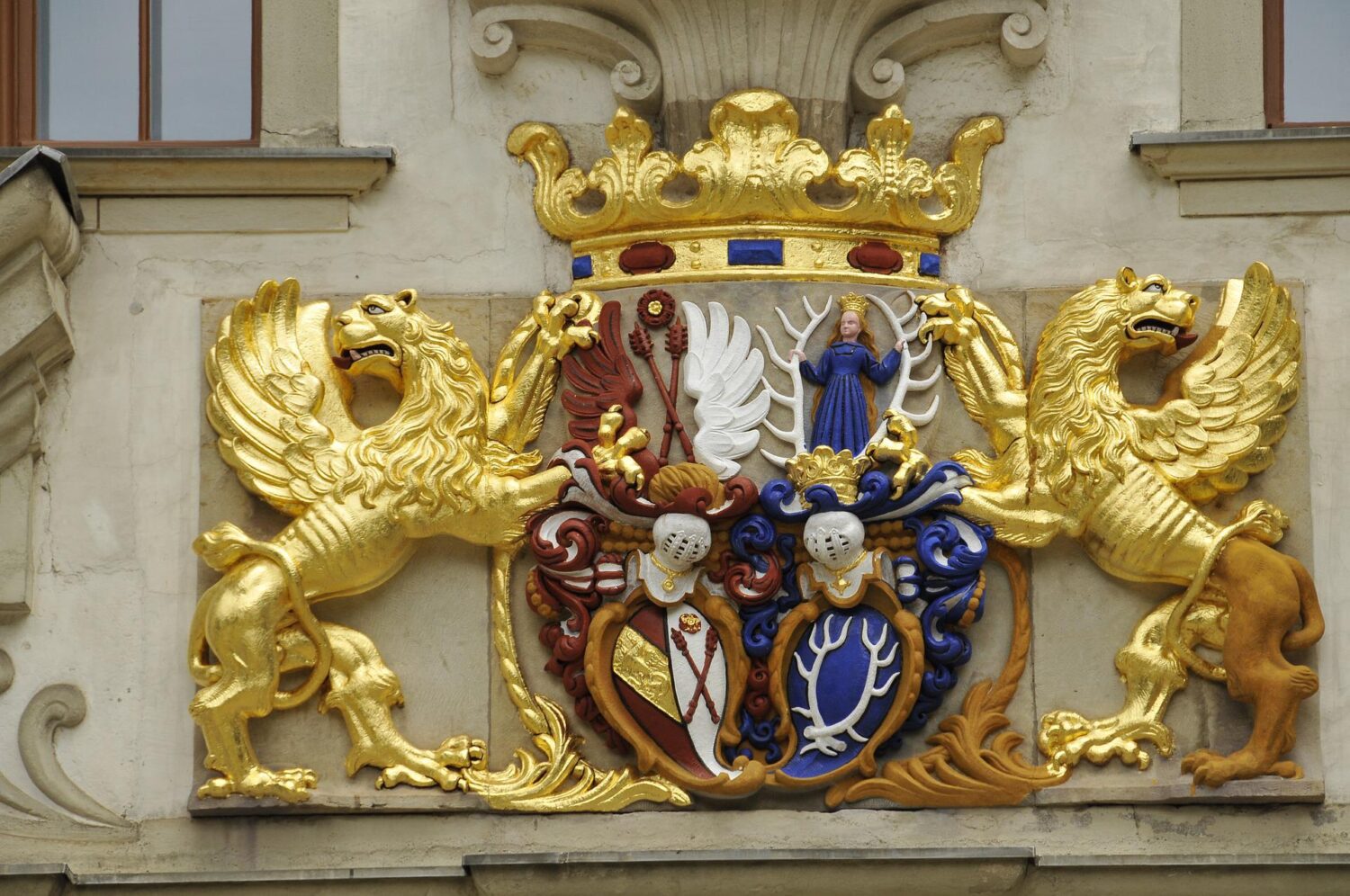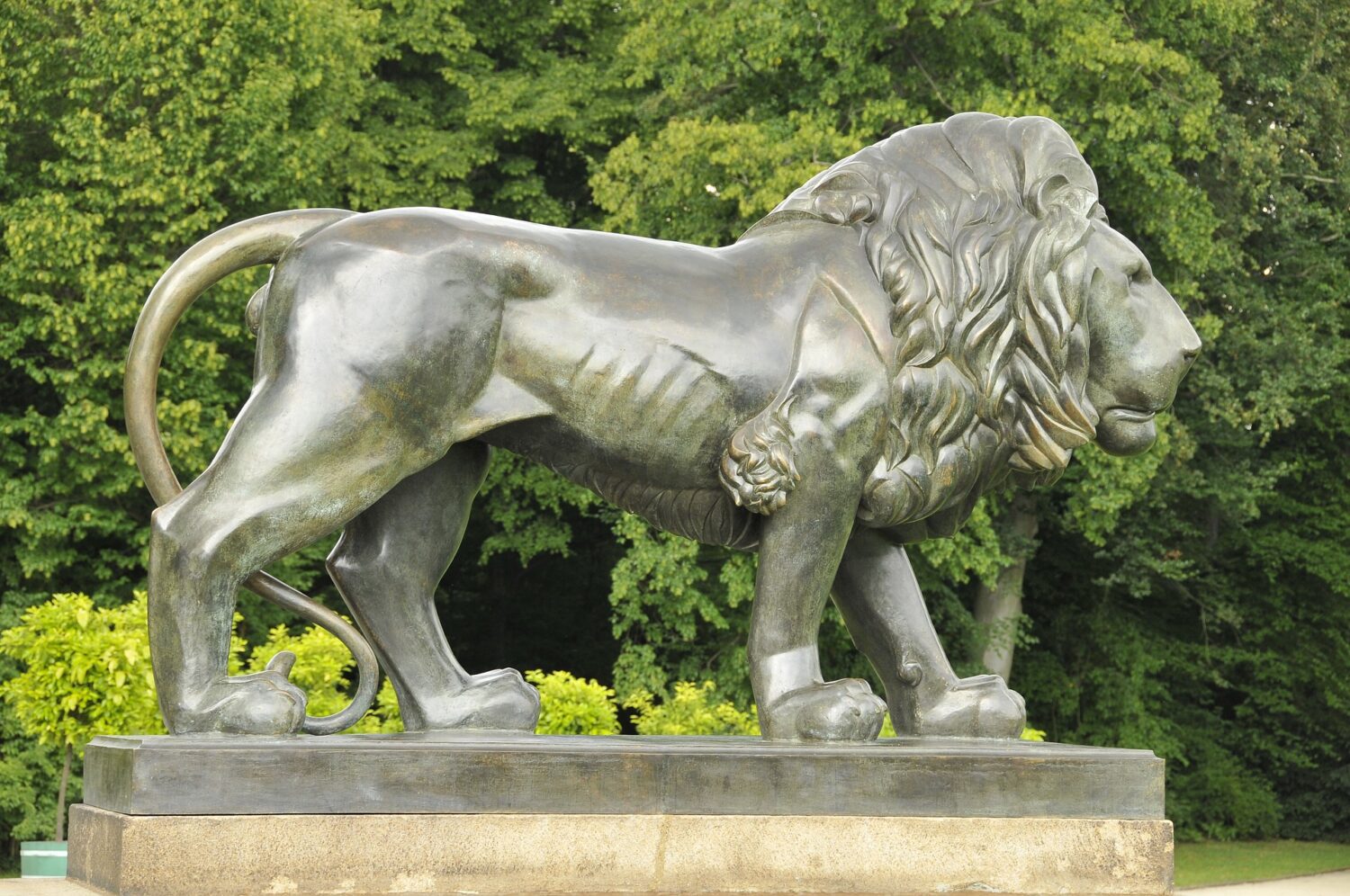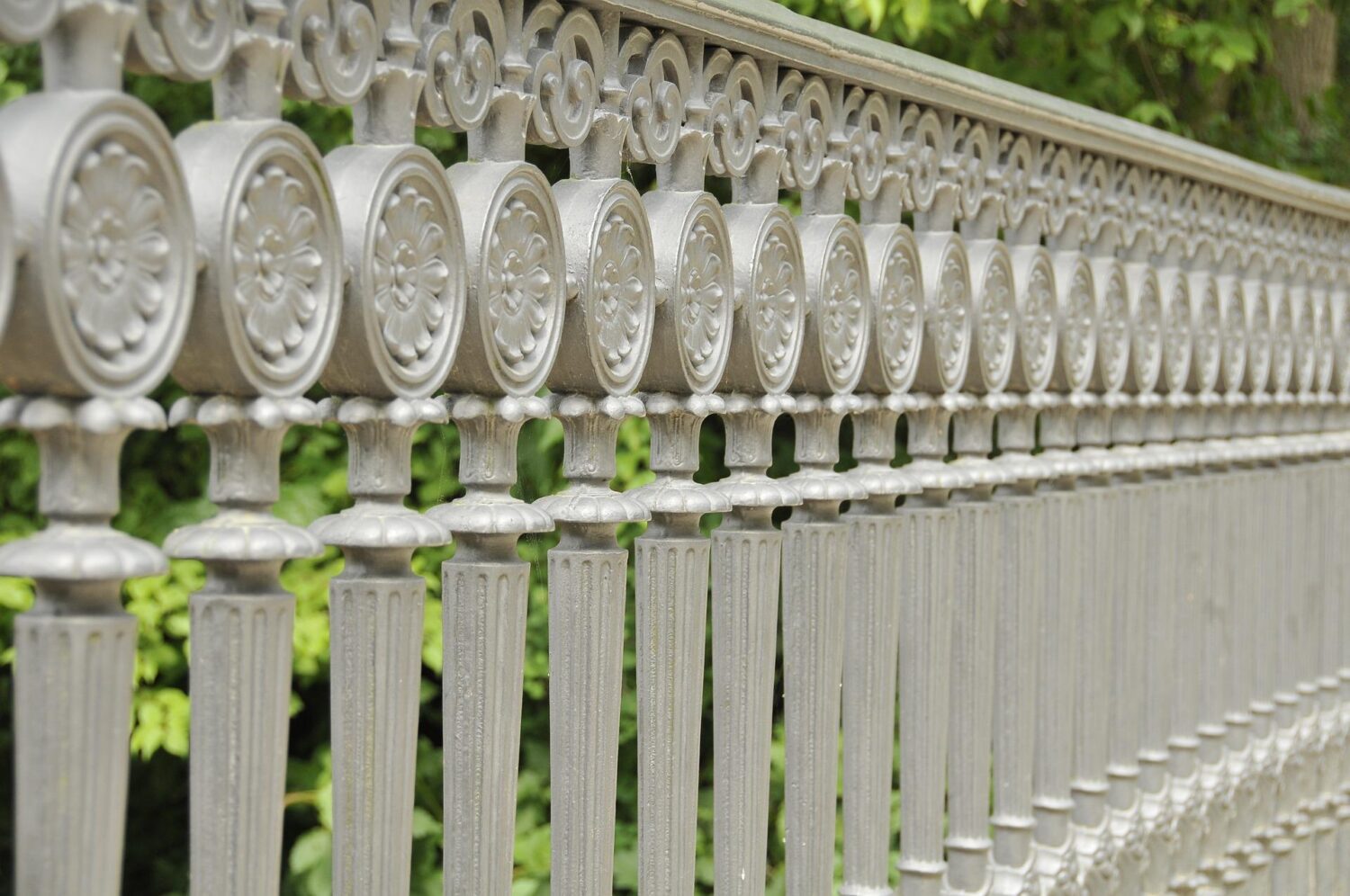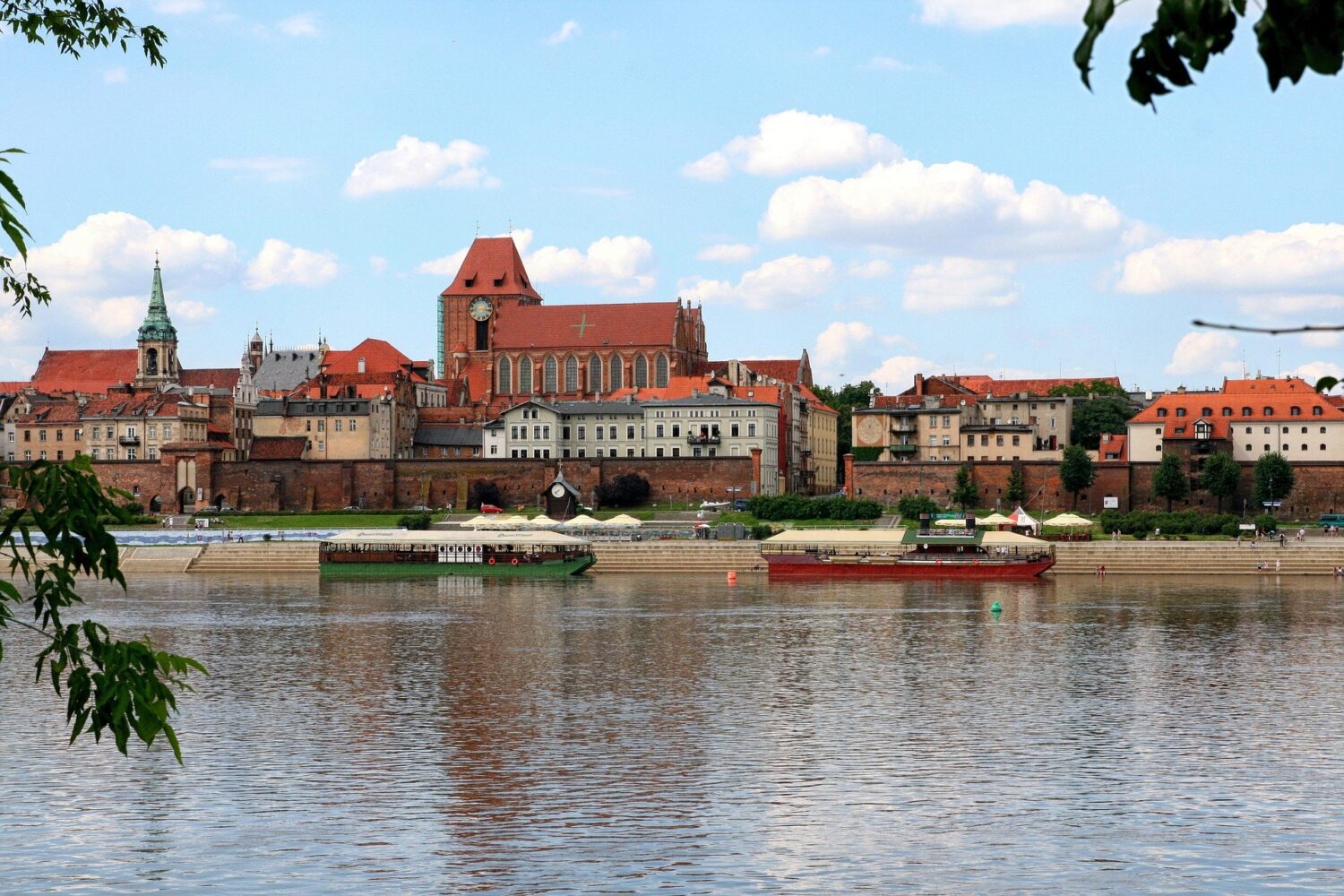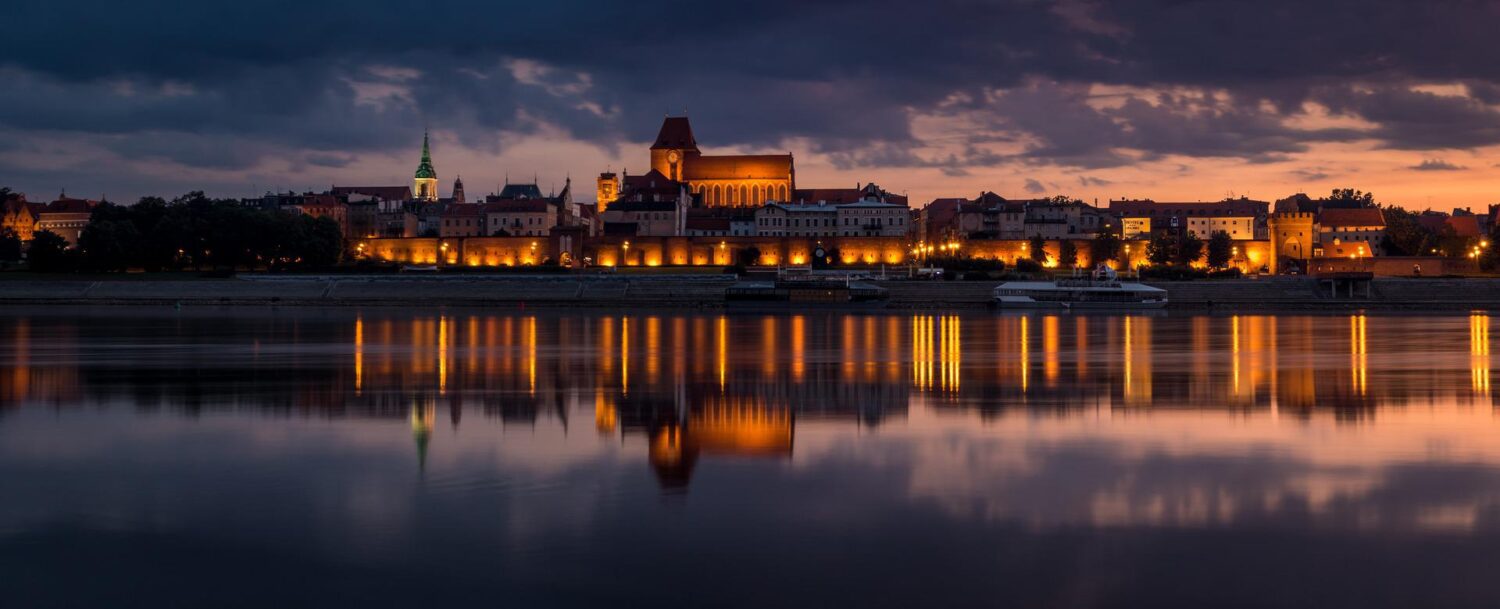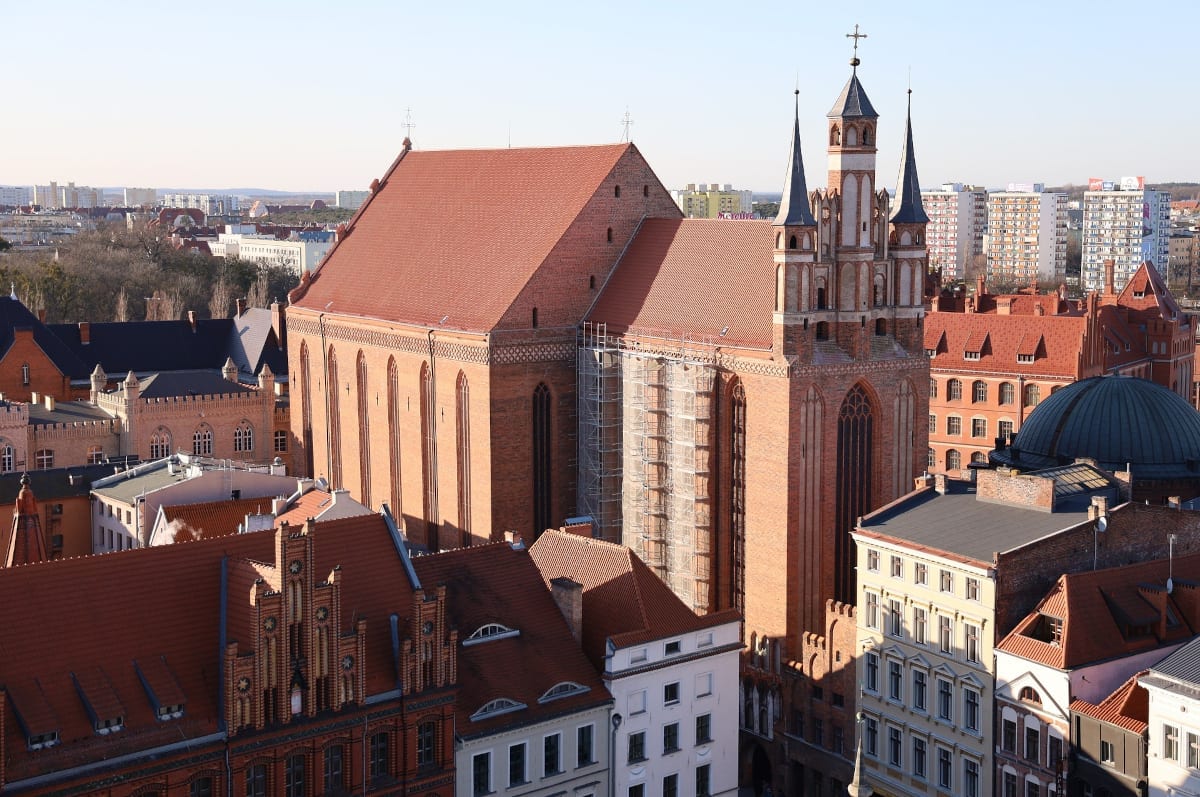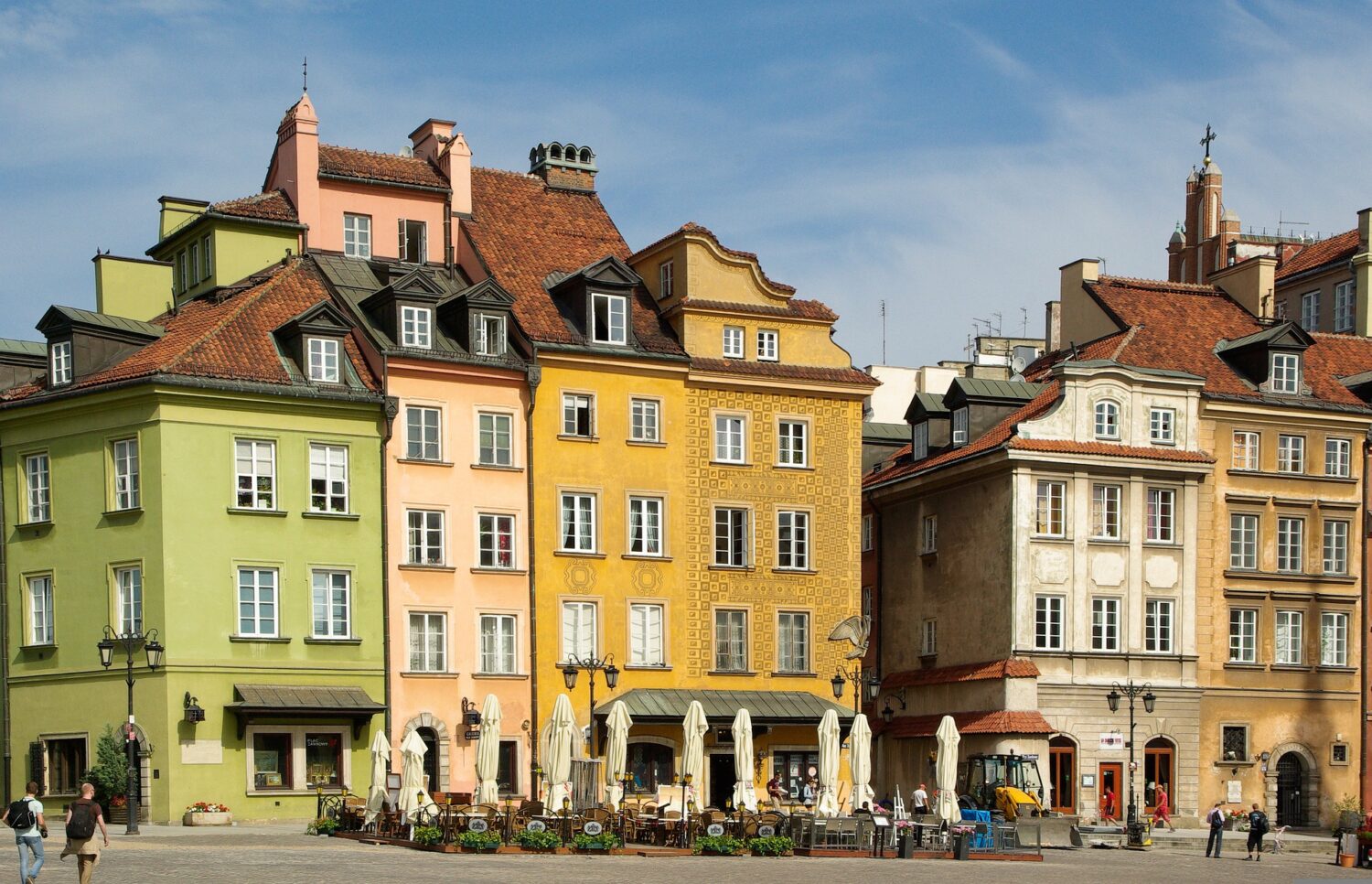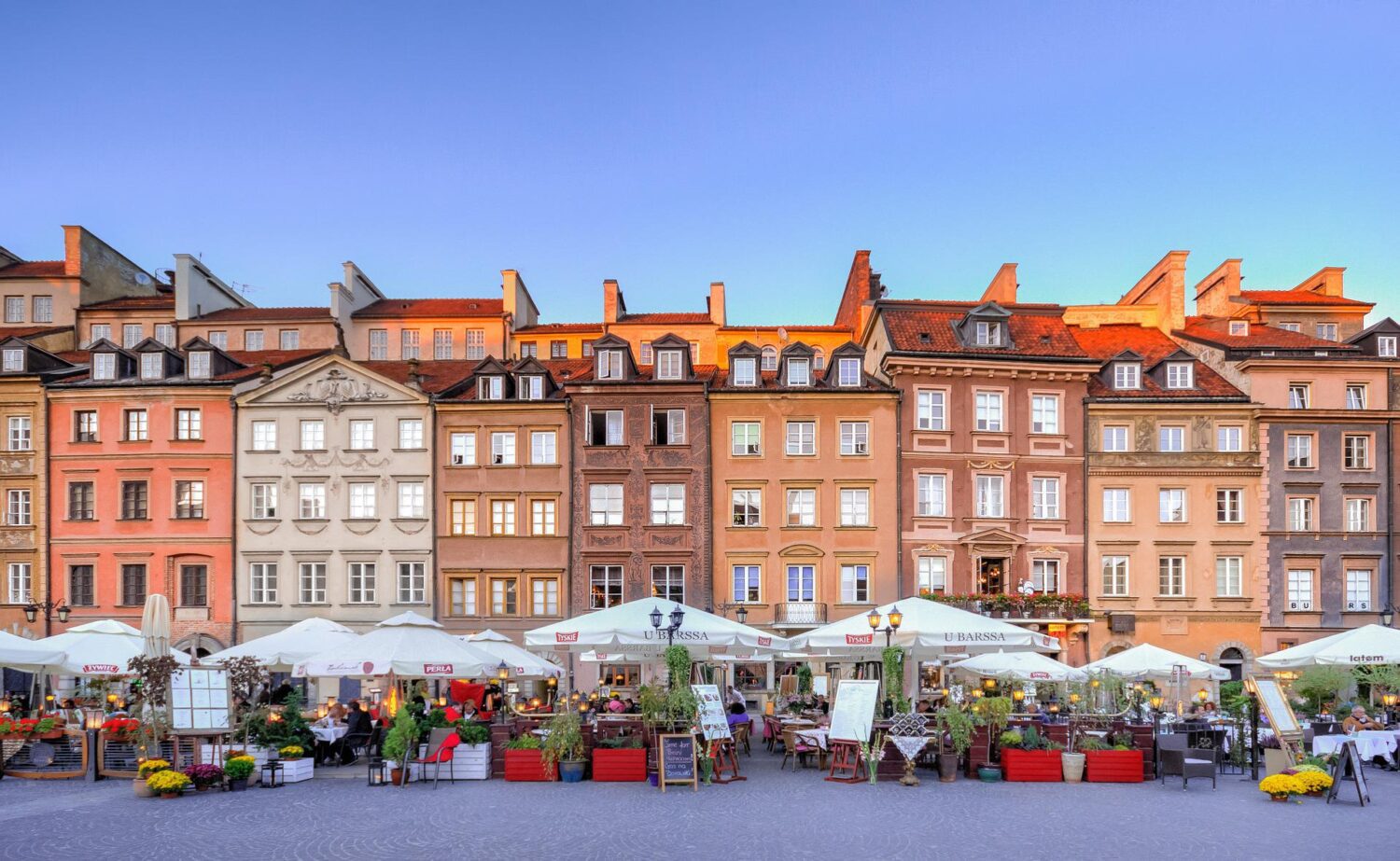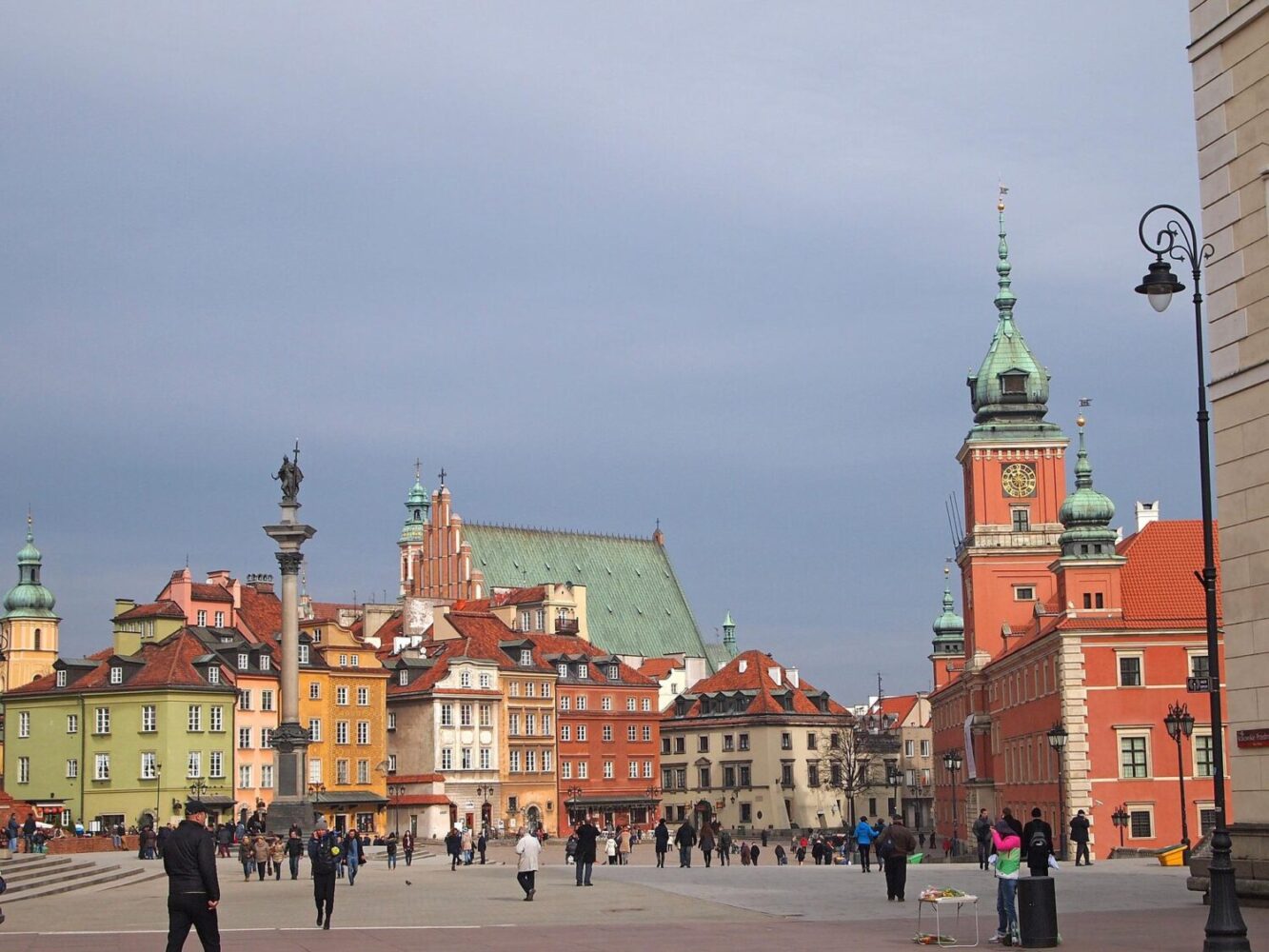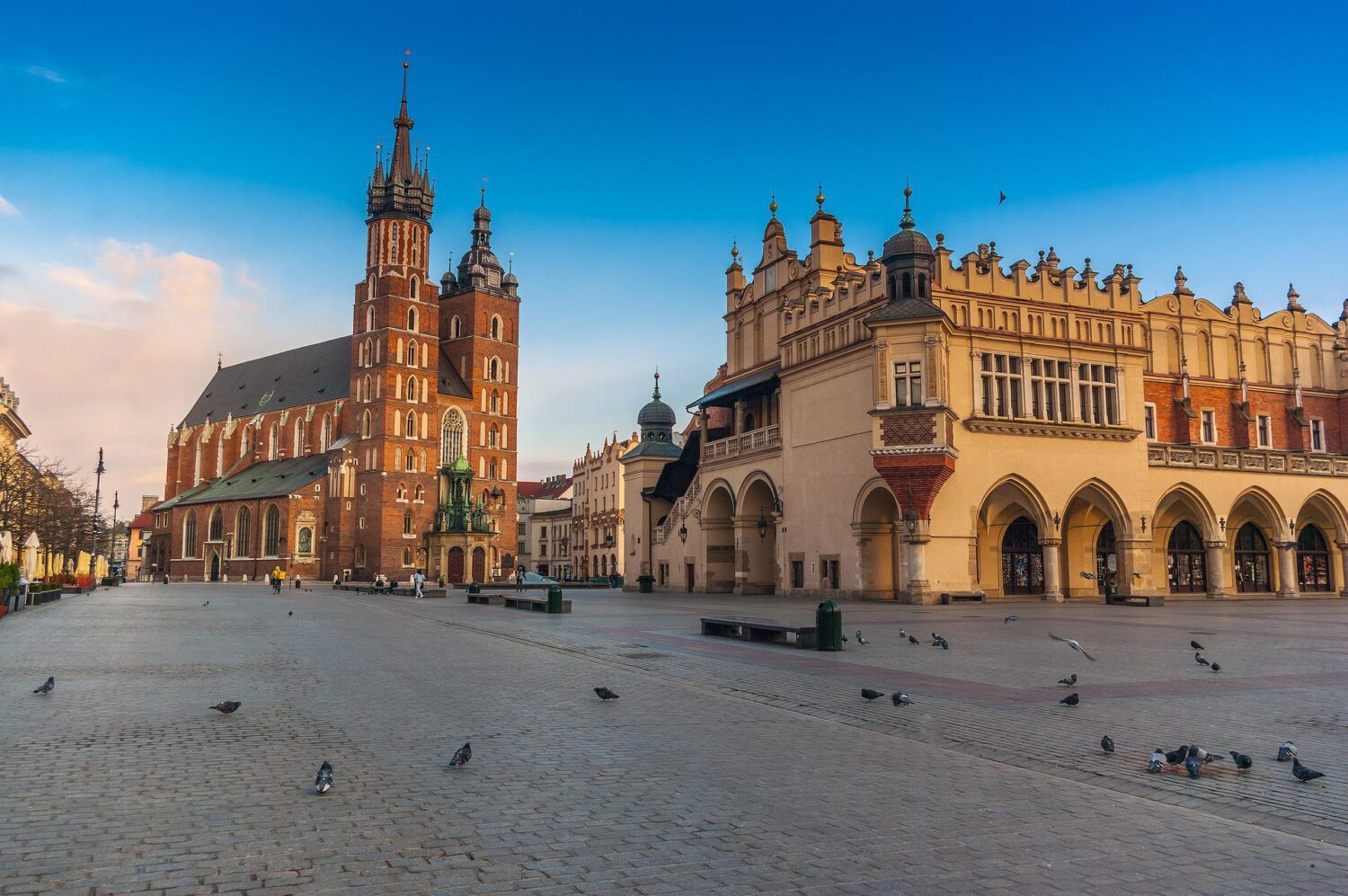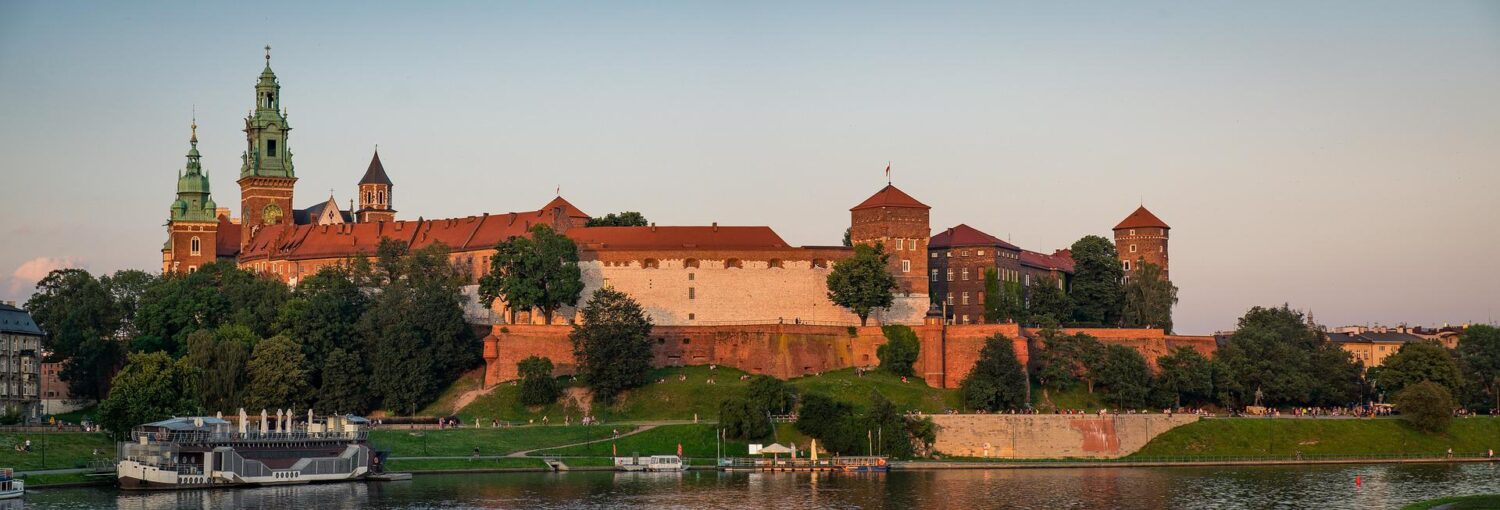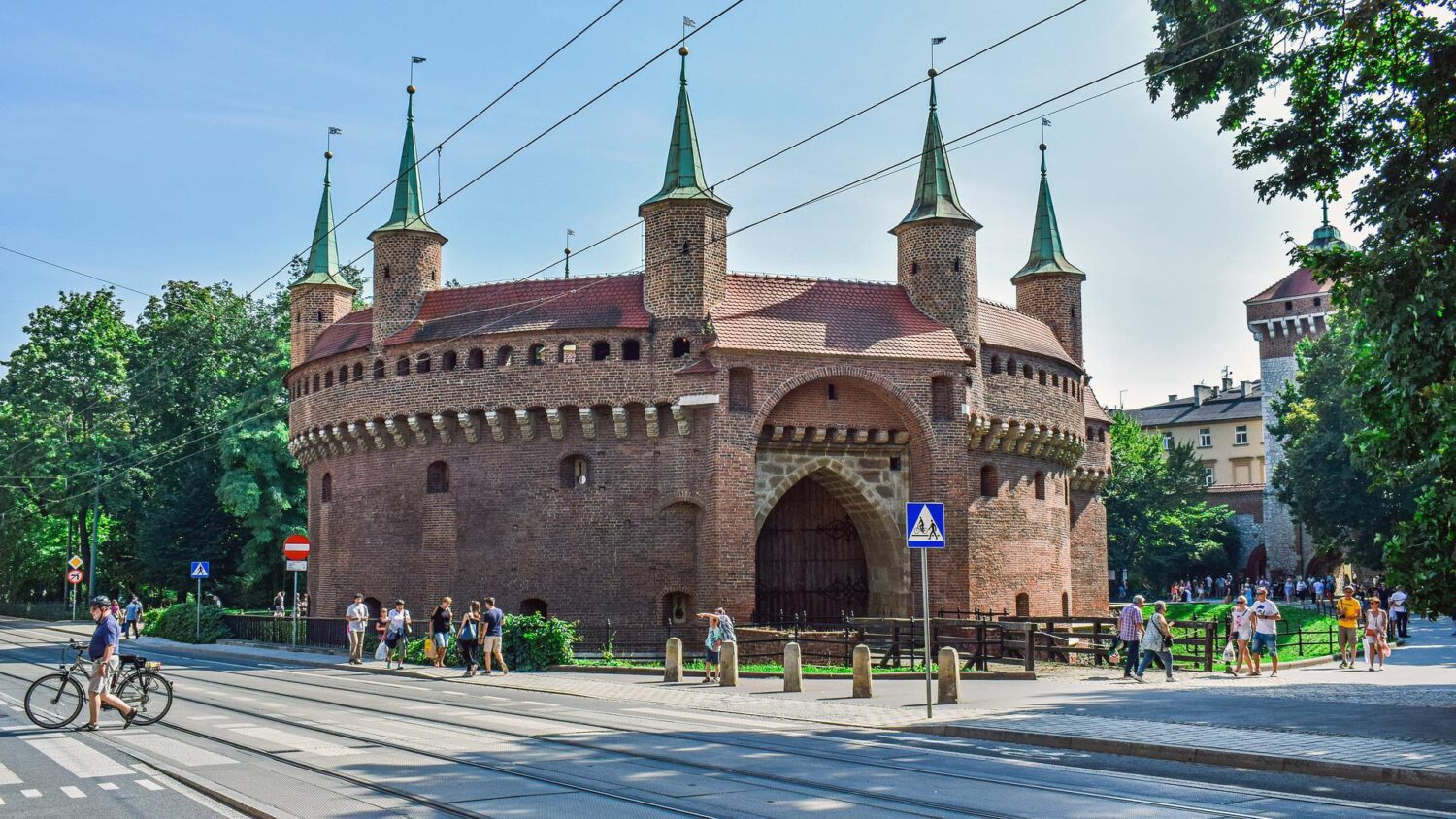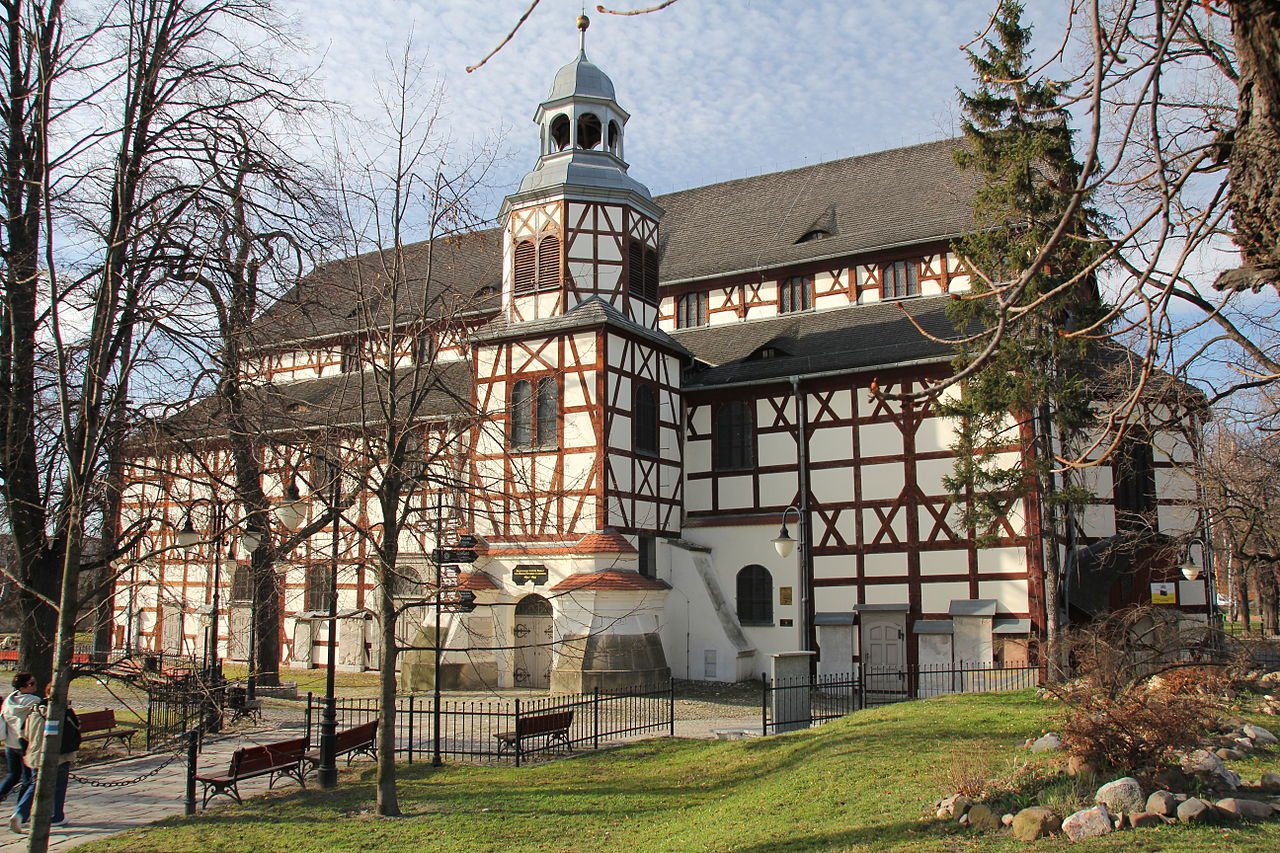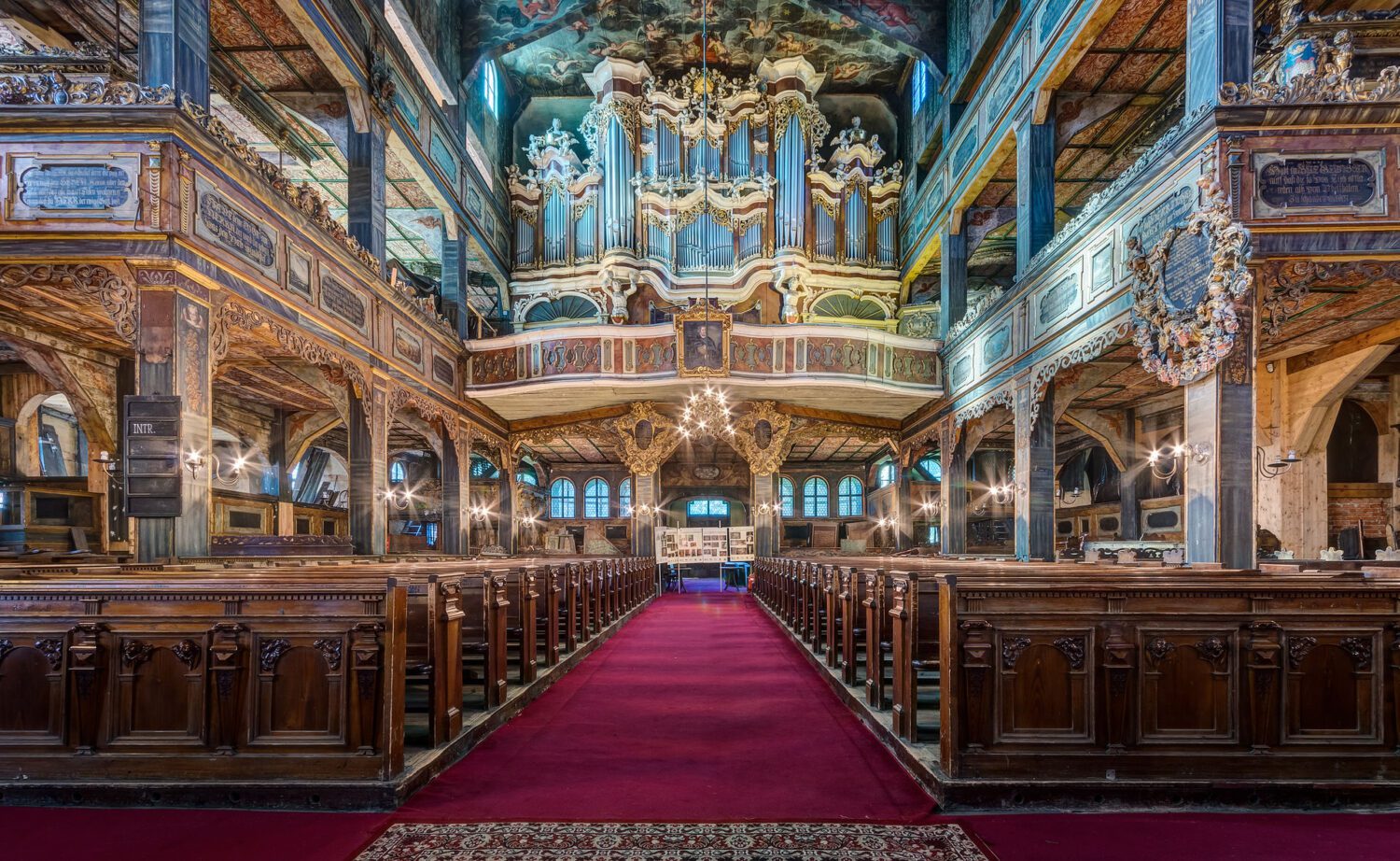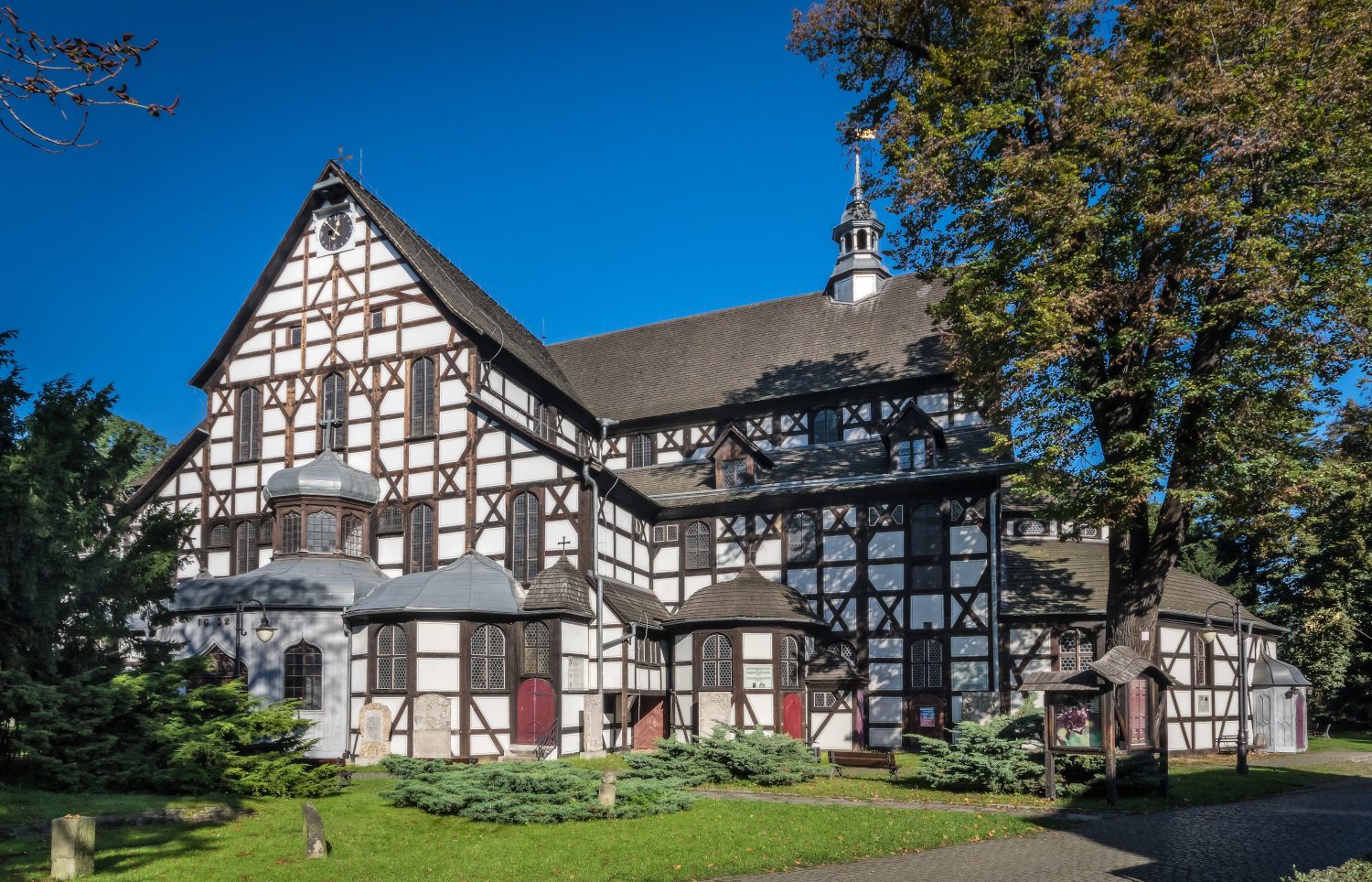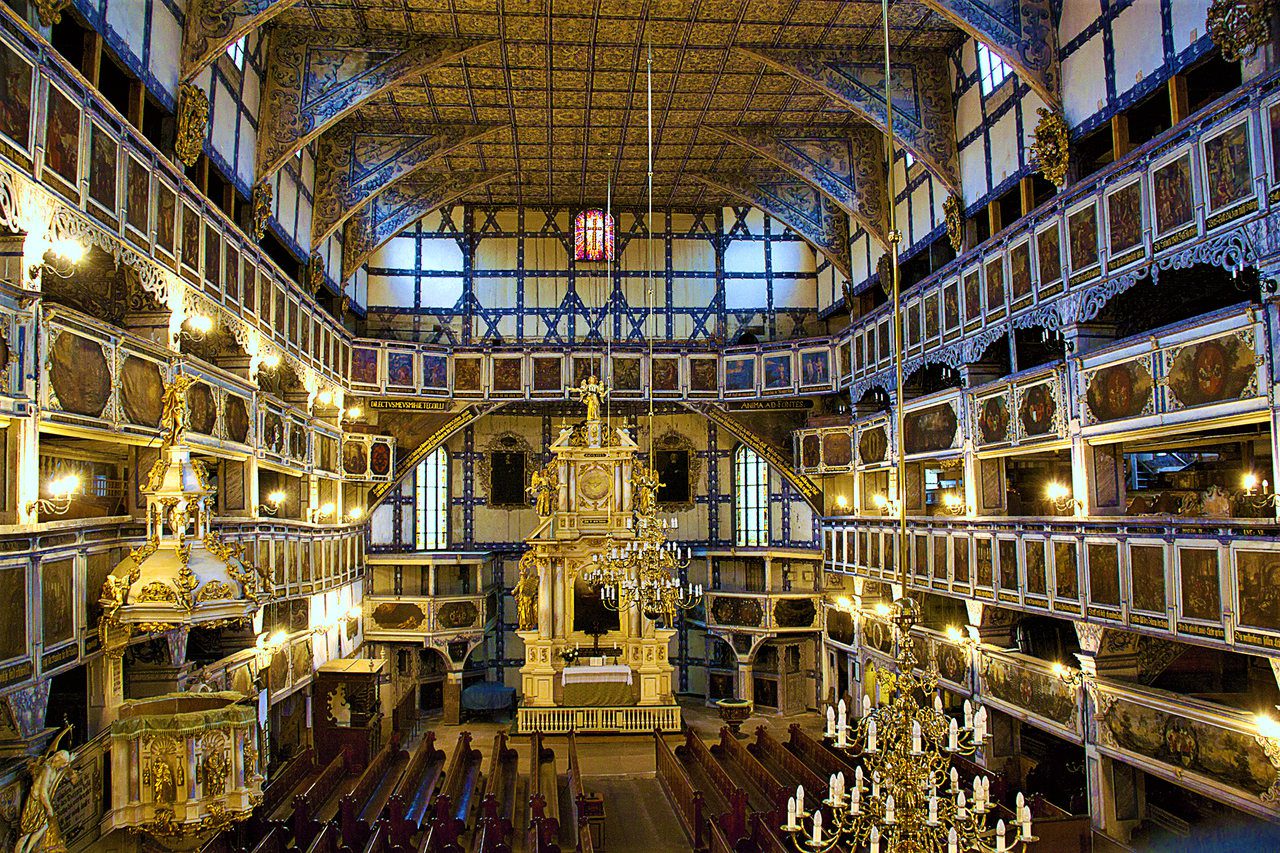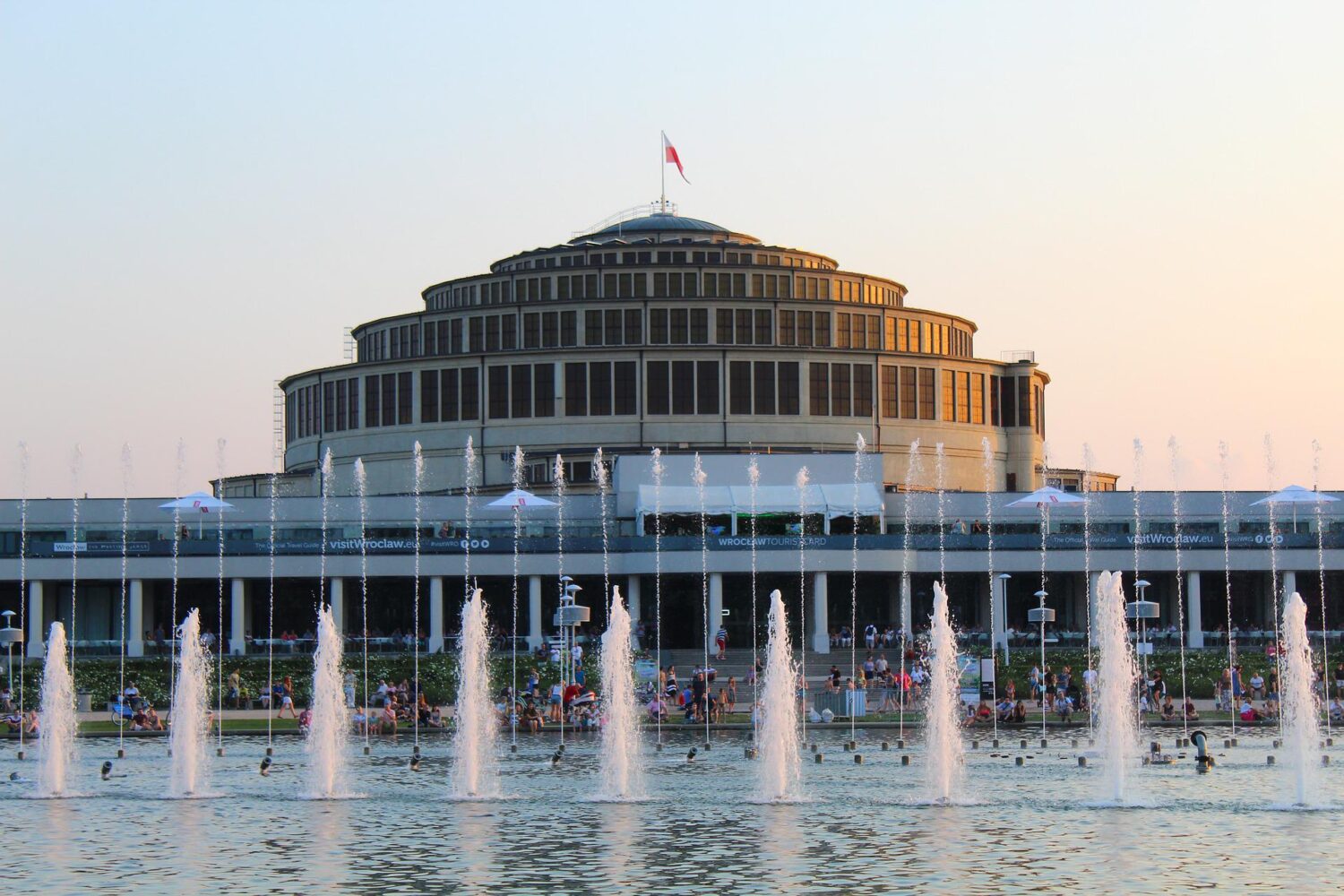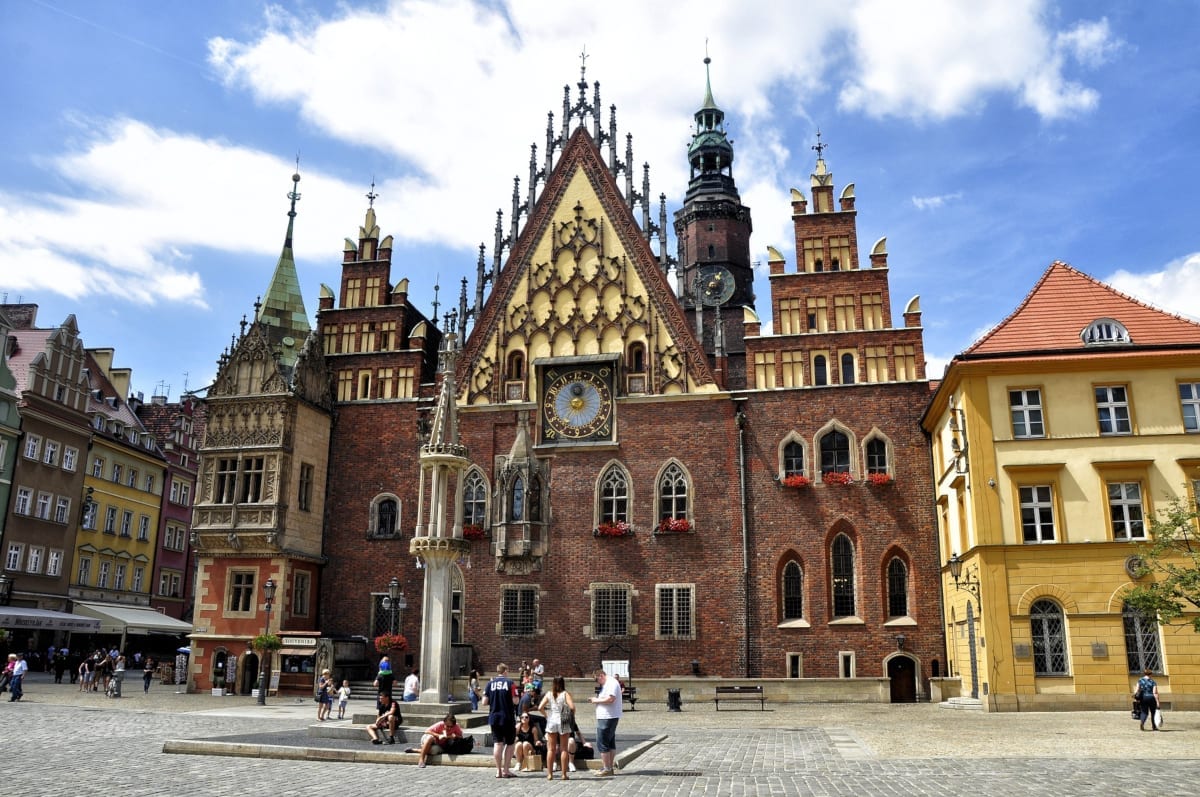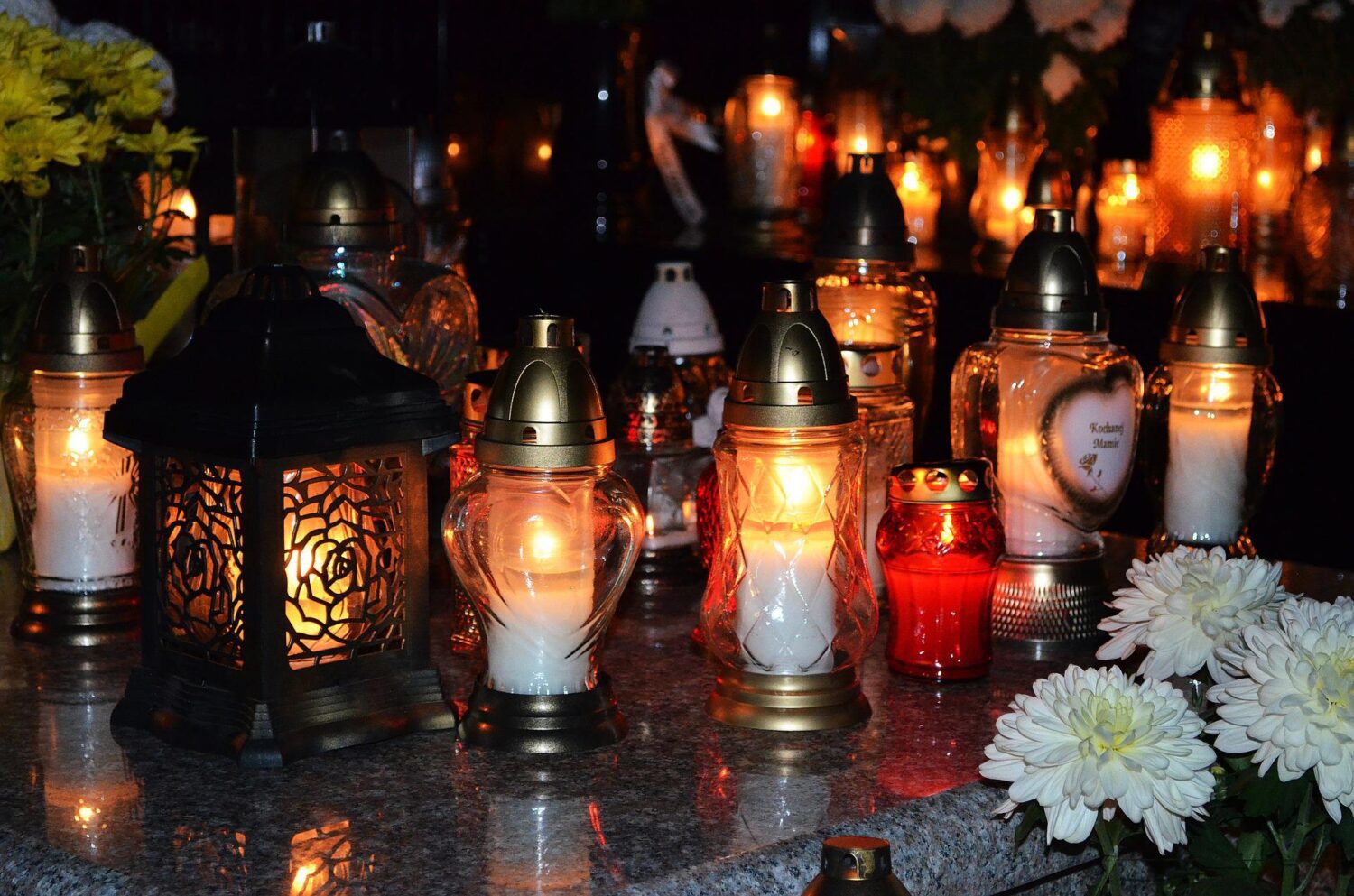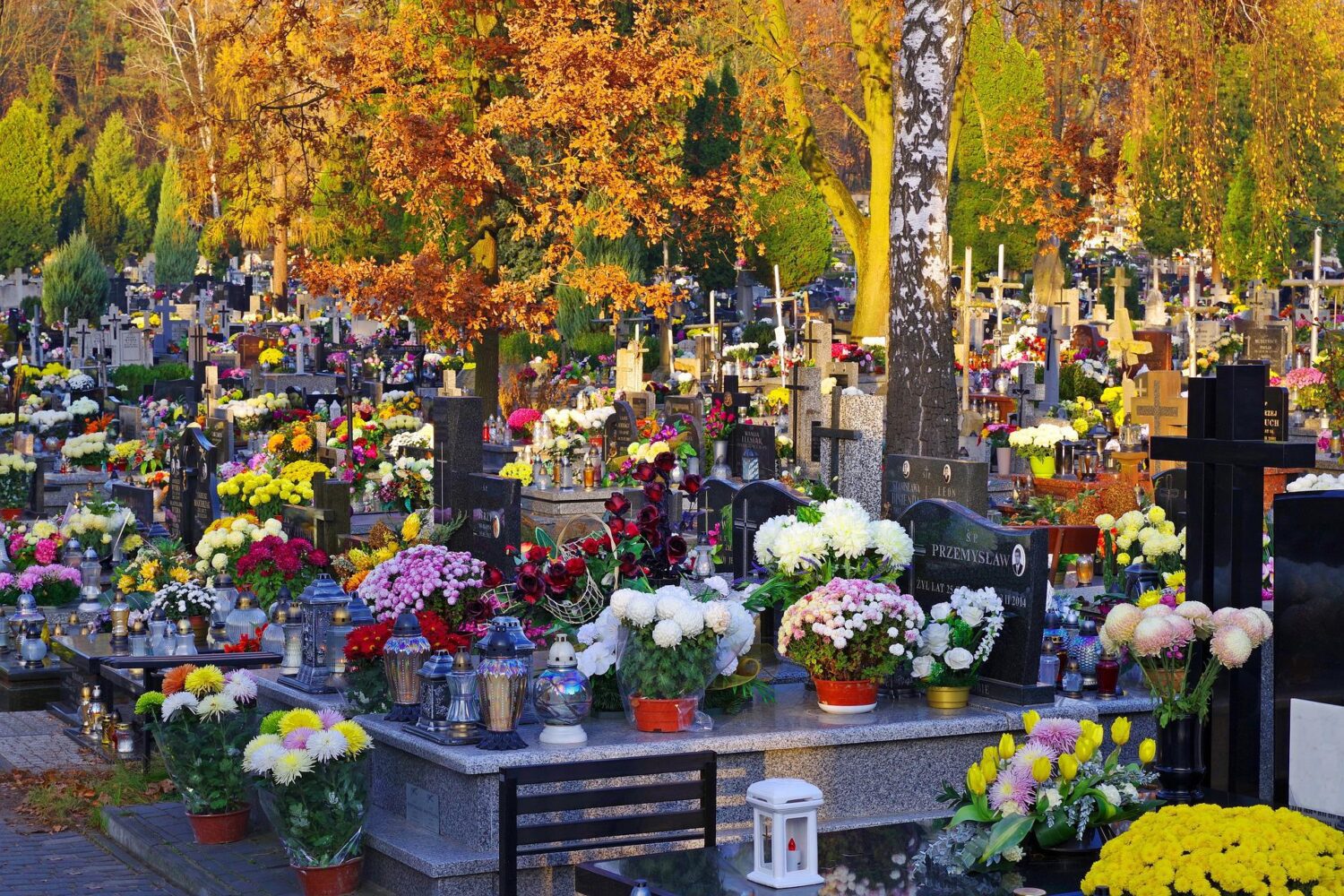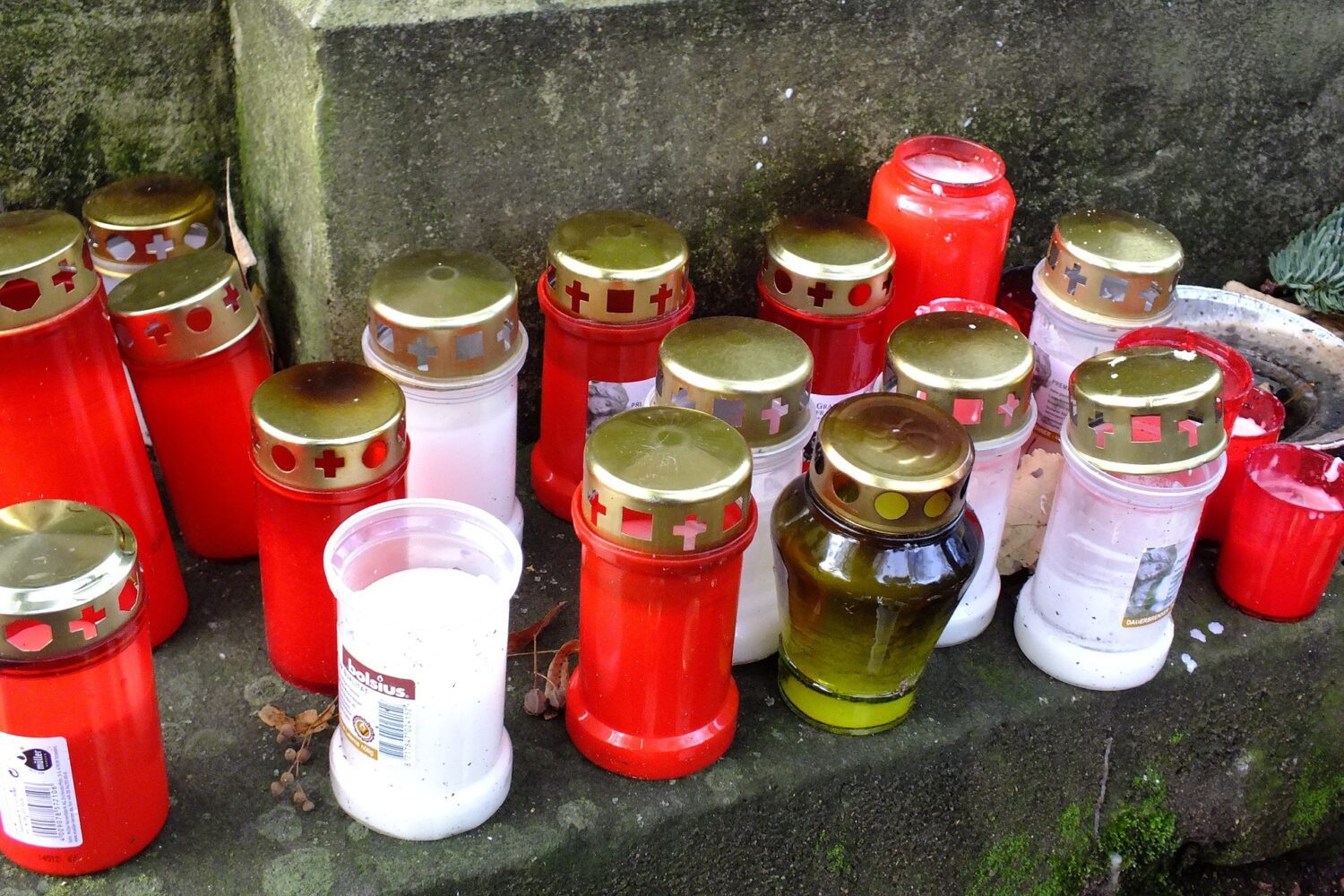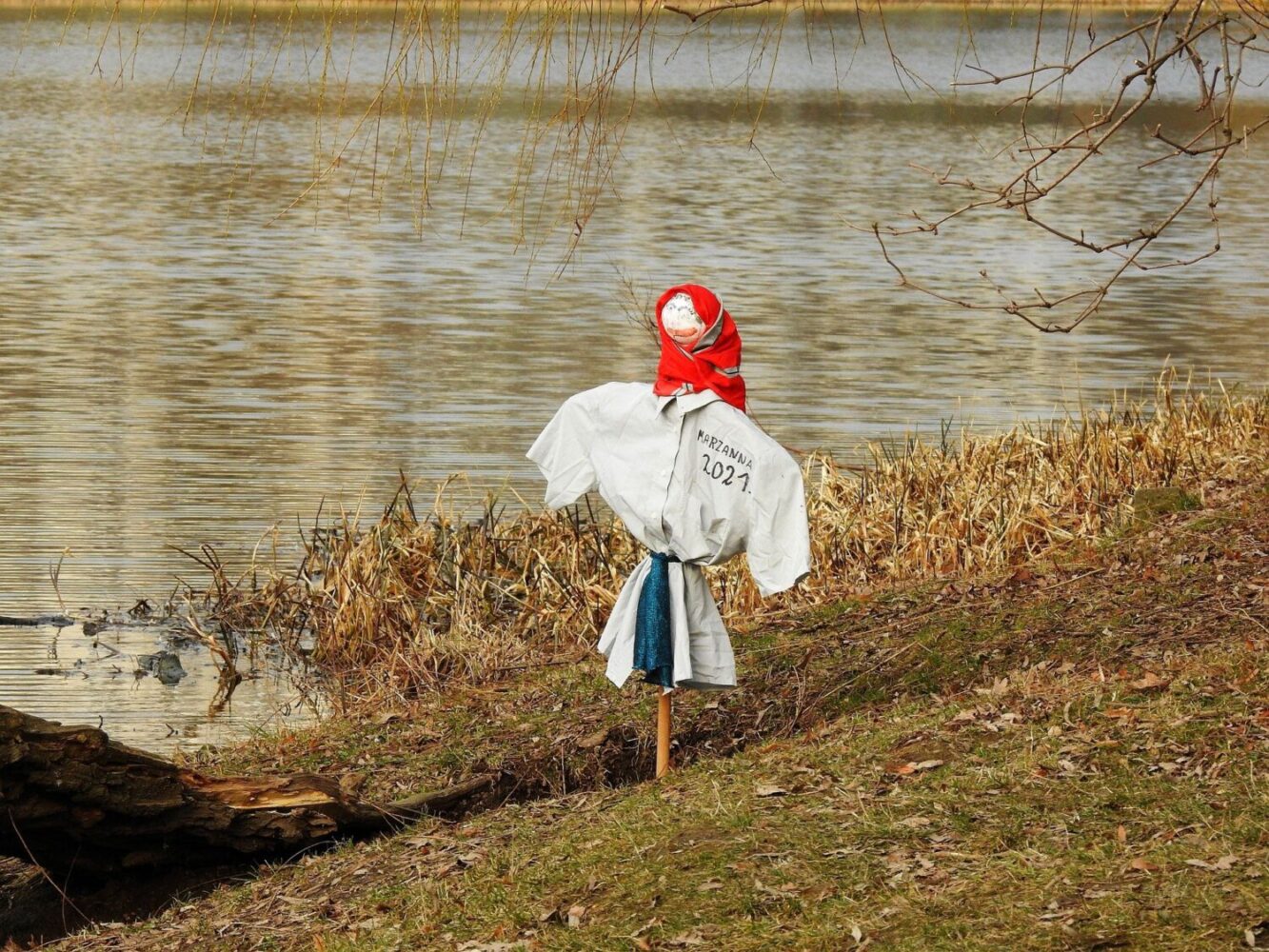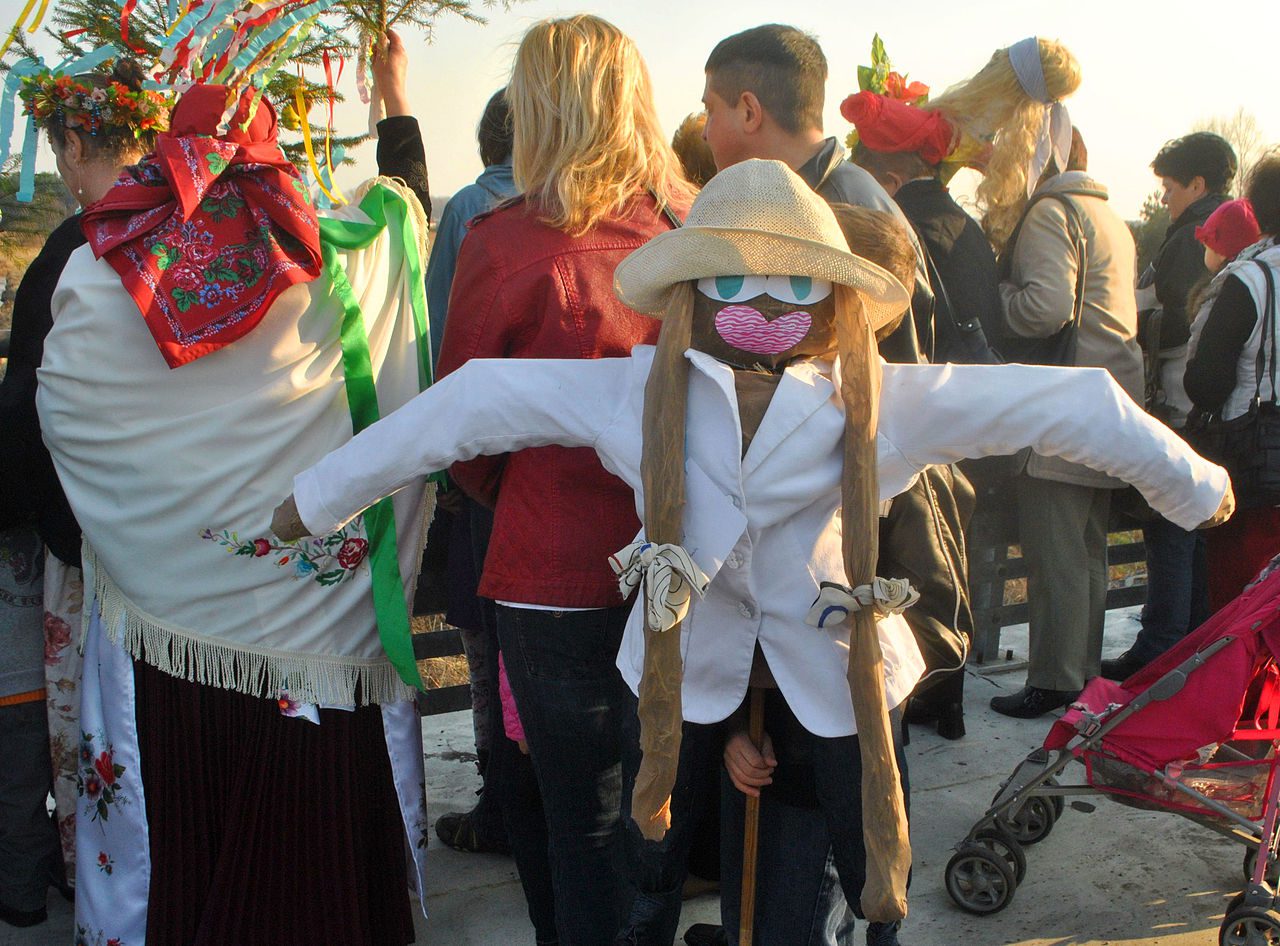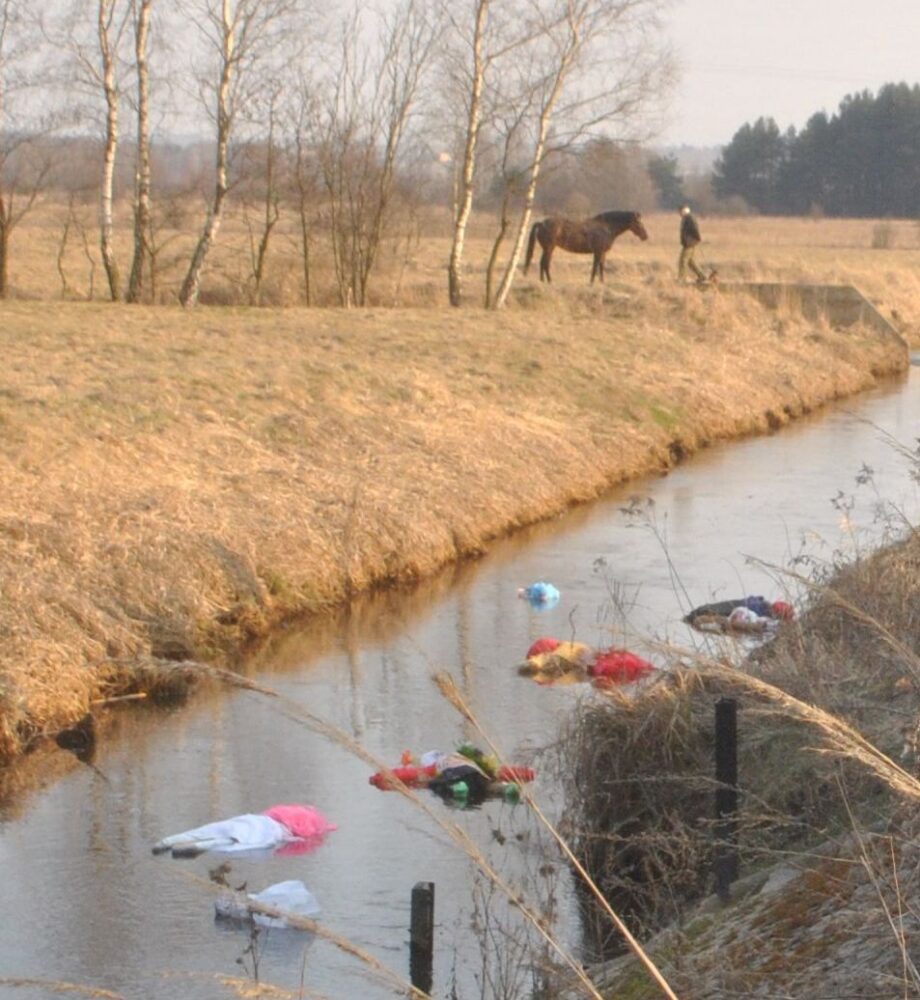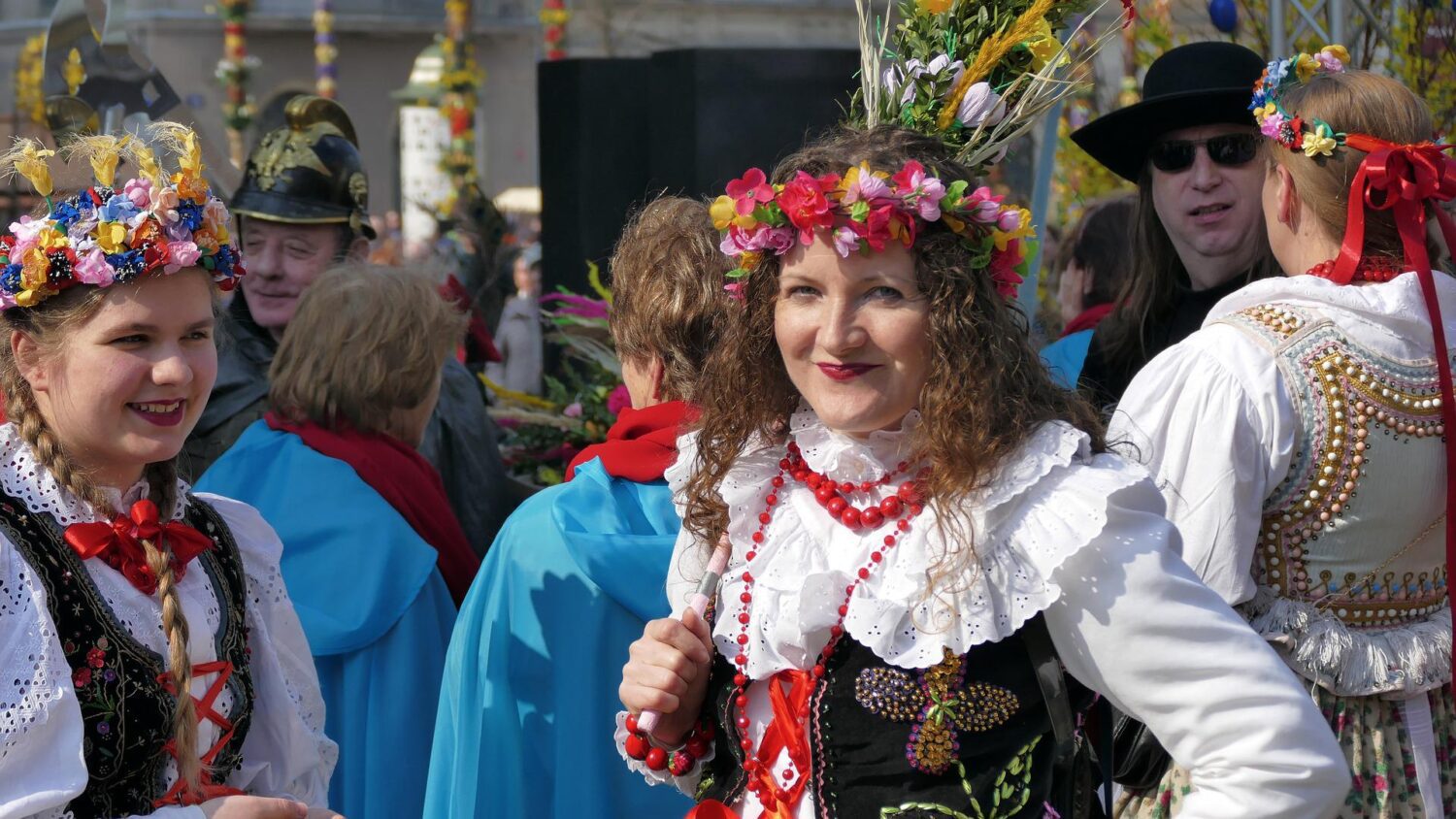Old City of Zamosc
Zamosc Old City
Old City of Zamosc – updated 10 January 2023.
The Old City is the oldest historic district of the city of Zamość and is unique in Poland as an almost perfectly preserved example of 16th-century Renaissance town planning. It was made a Unesco World Heritage site in 1992. The district was named one of Poland’s official national Historic Monuments, as designated 16th September 1994 and its listing is maintained by the National Heritage Board of Poland.
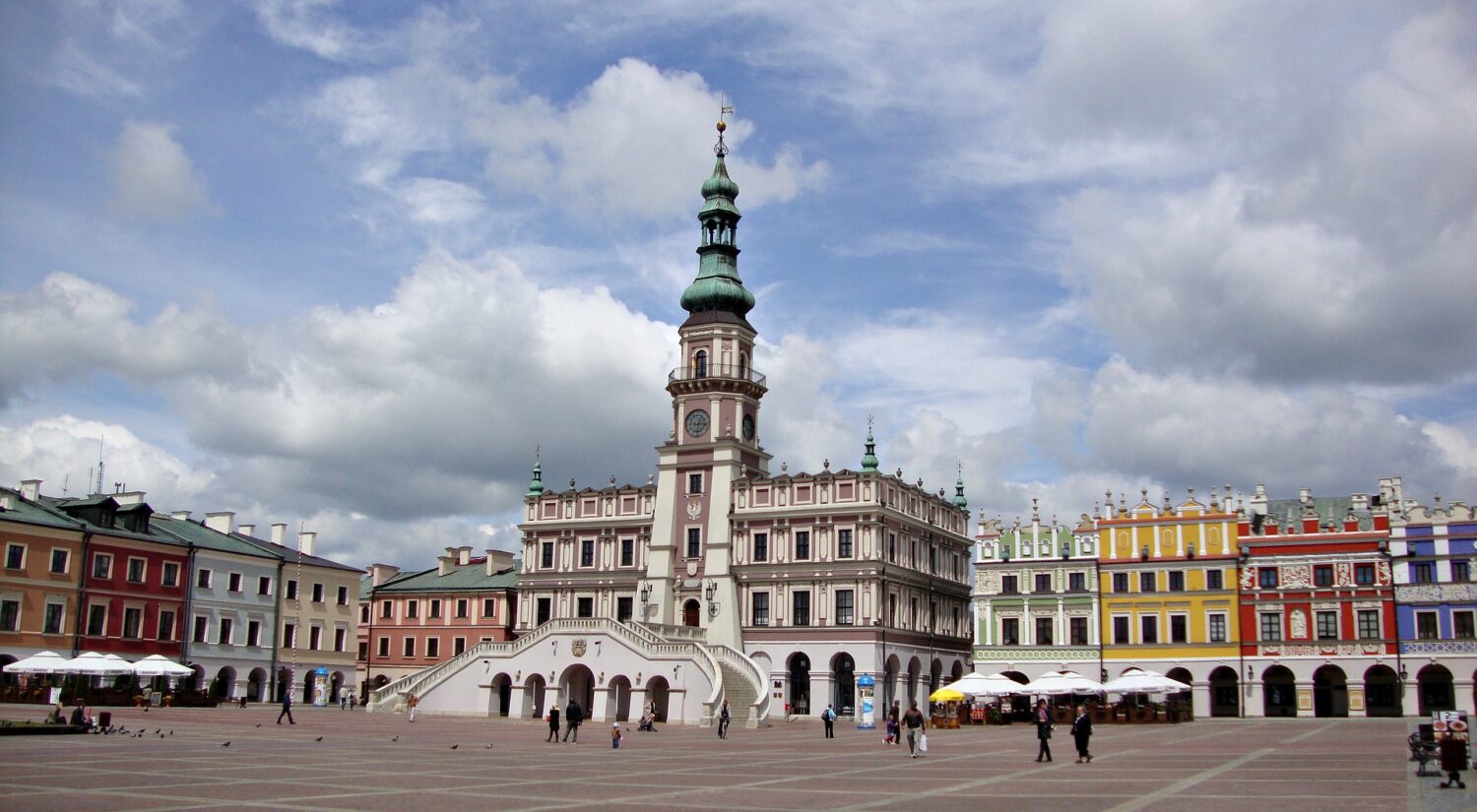
Ideal City
The Old City of Zamosc was founded in the 16th century by a wealthy Polish nobleman, Jan Zamoyski (1542−1605), and was modelled on Italian theories of the ‘ideal city’. Jan hired a Paduan architect by the name of Bernando Morando to realise his dream.
The layout of the town was supposedly designed to resemble the human body with the palace as its head, Grodzka Street as the spine and side streets, such as Solna or Moranda acting as the arms.
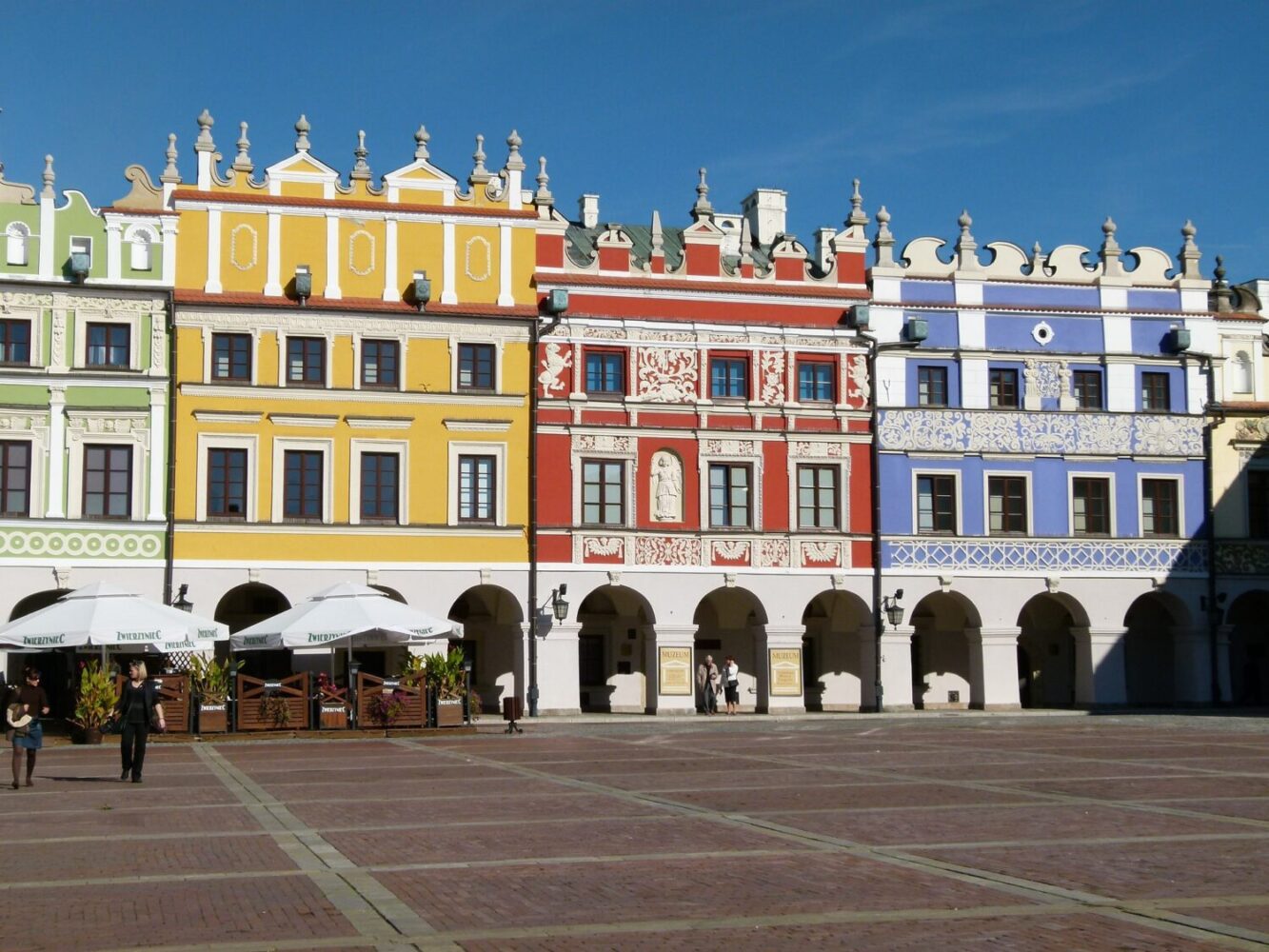
International Trading centre
The city was located on the trade route linking western and northern Europe with the Black Sea and was an important multinational trading centre known for its high level of religious tolerance.
It has retained its original rectilinear street layout and fortifications and a large number of buildings that combine Italian and central European architectural traditions.
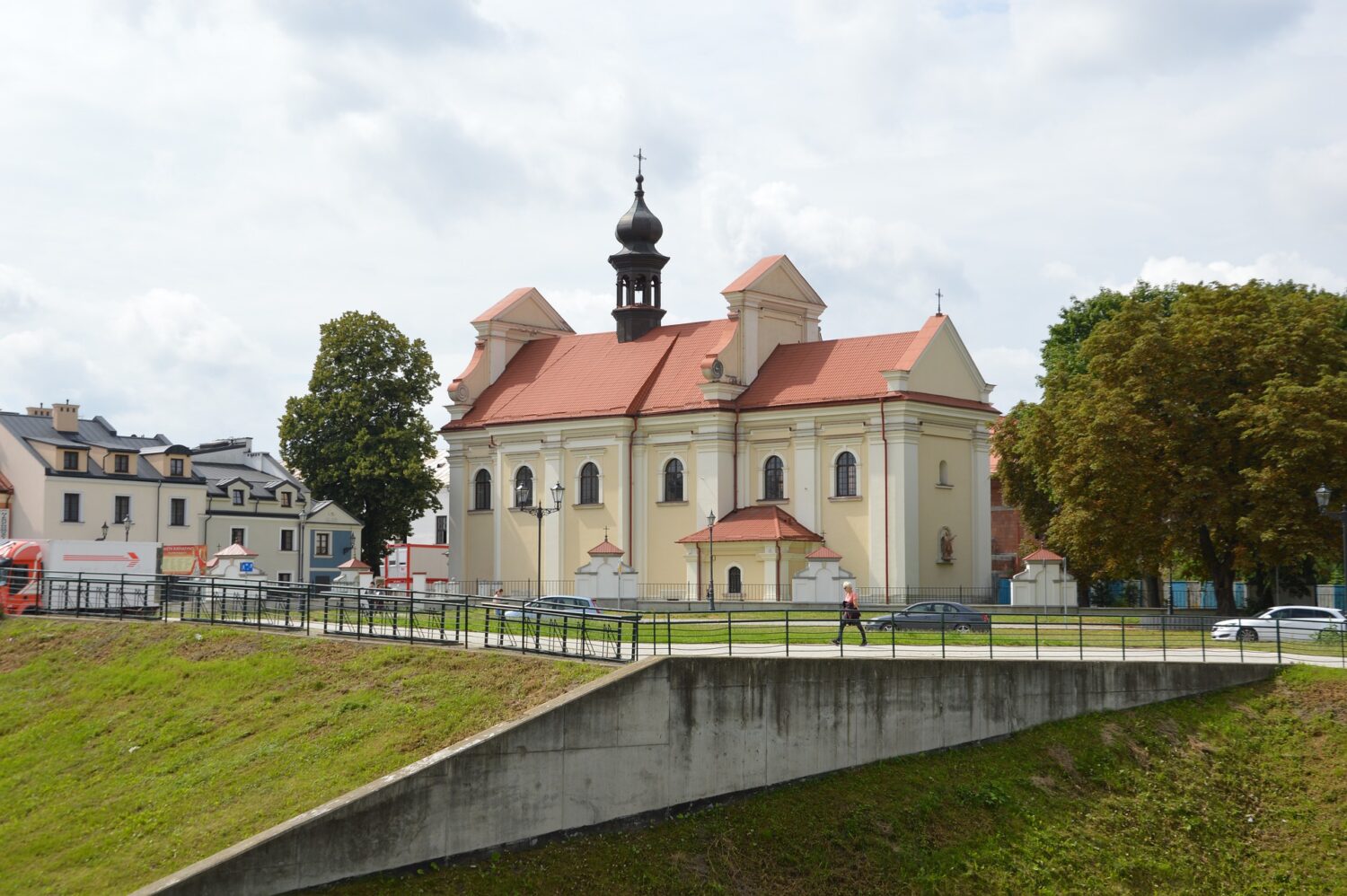
Pearl of the Renaissance
The city of Zamość is often referred to as the ‘Pearl of the Renaissance’ and the ‘Padua of the North’ and has two distinct sections. To the east is the town, which is laid out around three market squares (the Grand Market Square, the Salt Market Square and the Water Market Square) and to the west is the Zamoyski palace.
The central Grand Market Square is located at the junction of the town’s two main axial streets. Here you will find the magnificent Town Hall, arcaded galleries, restaurants, and old merchants’ houses.
Notable buildings in the Old City of Zamosc include Zamość City Hall, Zamość Cathedral, Zamość Synagogue, Zamojski Academy, and the Zamojski Palace.
The Old Town is surrounded by the remains of the Zamość Fortress.
FAQ
Q: What is the Old City of Zamosc?
A: The Old City is a historic district located in the town of Zamosc, in southeast Poland. It is a well-preserved example of Renaissance urban planning, with a complex system of fortifications and a unique collection of public and private buildings. The Old City was built in the 16th century by Jan Zamoyski, a wealthy nobleman and the founder of the city. It has been designated as a UNESCO World Heritage Site.
Q: What are some of the notable features of the Old City?
A: The Old City is known for its well-preserved Renaissance architecture, including the magnificent town hall, several churches, and a large number of burgher houses. The city’s fortifications, which include walls, towers, and bastions, are also a notable feature, as they are one of the best-preserved examples of Renaissance military architecture in Europe. Other points of interest include the market square, the city gates, and the many beautiful gardens and parks that are found throughout the city.
Q: When is the best time to visit the Old City of Zamosc?
A: The best time to visit is during the summer months of June through September, when the weather is warm and pleasant, and the city’s many parks and gardens are in full bloom. However, if you are looking to experience the city’s many cultural and historical events, it is recommended to visit during the spring and fall.
Q: What kind of accommodation can be found in Zamosc?
A: There are several accommodation options available in Zamosc, including hotels, guesthouses, and apartments. Many of these options are located within the Old City and are housed in restored historical buildings. Some options can be found also just outside the walls but still in the city.
Q: Are there any tours available of the Old City?
A: Yes, there are many tour operators that offer guided tours of the Old City of Zamosc. These tours typically include visits to the city’s main historical and cultural sites, as well as information about the history and architecture of the city. Some of the tour also include the region of Zamość. The tours can be done on foot or by car depending on the company and package you choose
Q: Are there any nearby attractions?
A: Yes, there are many nearby attractions to the Old City, including:
- The Solska Forest, a beautiful nature reserve with hiking trails and an observation tower
- The Zamoyski Museum, which is located in the city’s palace and showcases the history and culture of the region
- The St. John the Baptist Church, a beautiful baroque church located on the edge of the Old City.
- Lubań, a small charming town close by, known for the traditional wooden houses and the nature around.
- The Bieszczady Mountains and the Biebrza National Park are also located not far from the city, and offer great opportunities for outdoor activities such as hiking, cycling, and wildlife watching.
